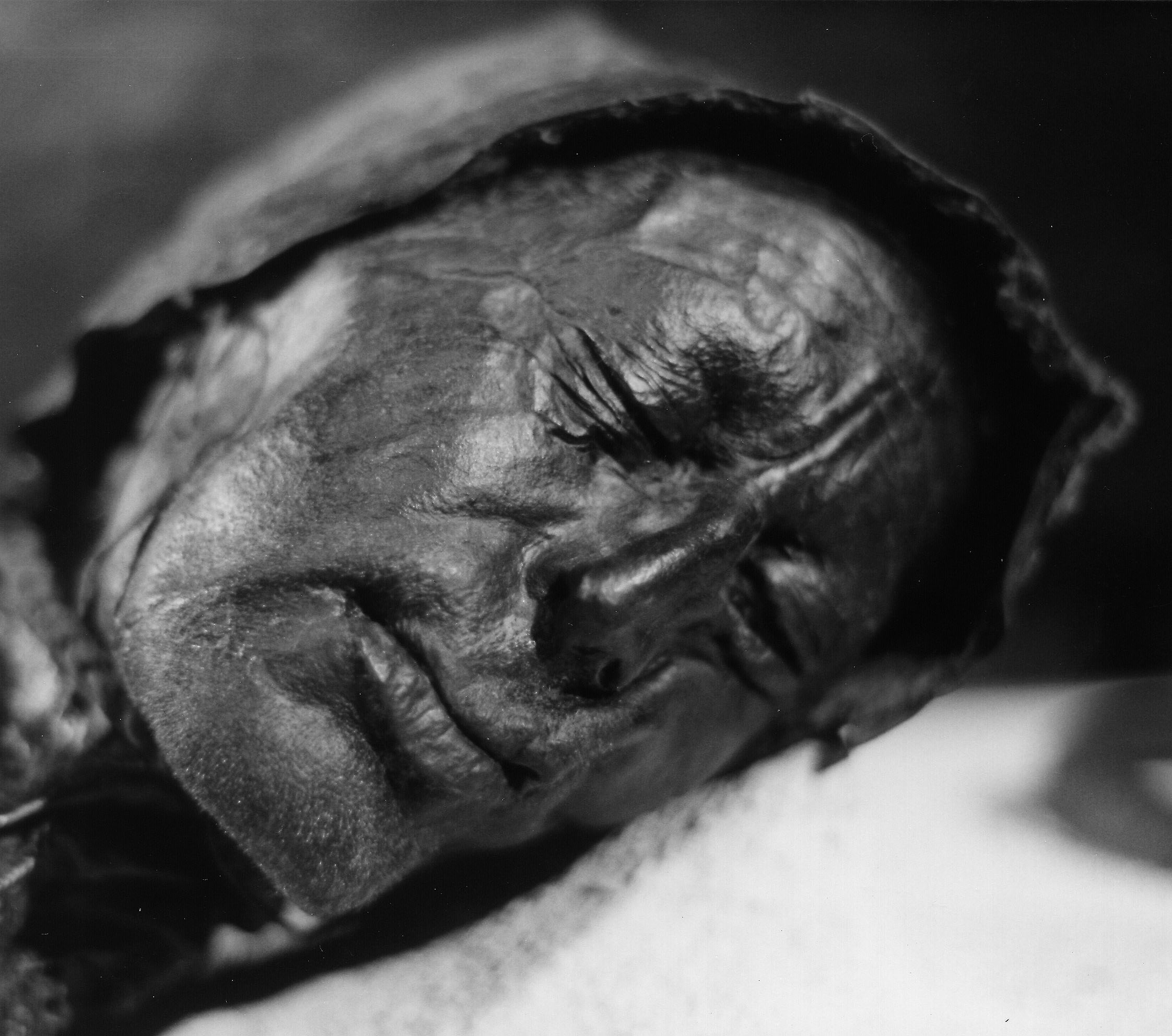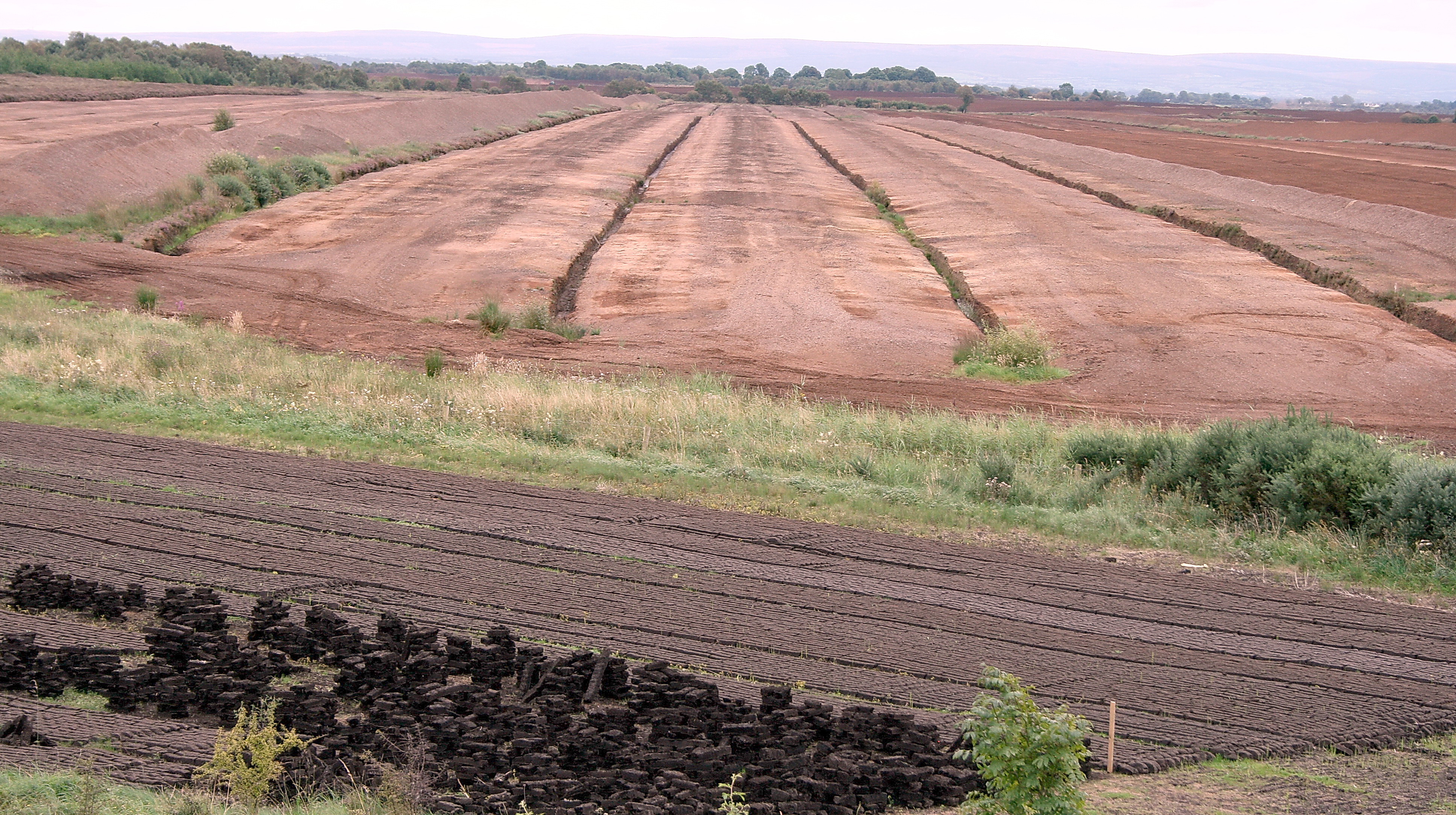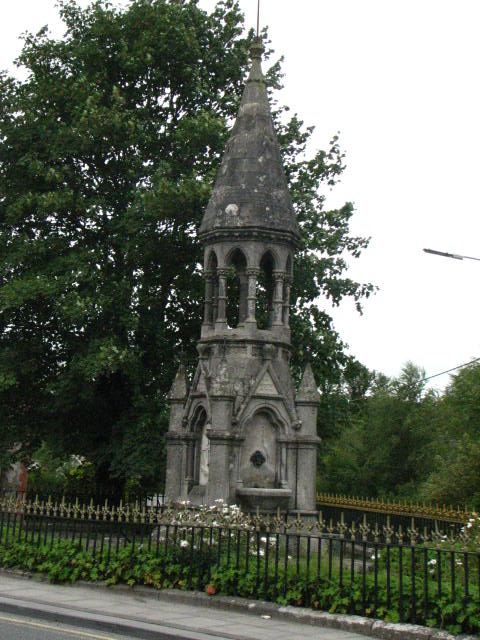|
Cashel Man
Cashel Man is a bog body from a bog near Cashel in County Laois, Ireland. He was found on 10 August 2011 by Bord na Móna employee Jason Phelan from Abbeyleix. The body was a young adult male, around 20–25,Hart, Edward, dir. "Ghosts of Murdered Kings." NOVA. Prod. Edward Hart and Dan McCabe. PBS. 29 Jan. 2014. Television. who had been intentionally covered with peat after death. The crouched figure was recovered after being damaged by a milling machine in 2011. The head and left arm were presumed destroyed by the peat harvester, until later recovered. Radiocarbon dating places the man as having died around 2000 BC, making him one of the oldest bog bodies in Europe. Position at discovery Cashel Man was found lying on his right side with his legs tightly flexed. The body was in the middle of the bog, oriented north-to-south with his head pointing south. There was not much other information available because the head, neck and left arm were all removed from the body by the ... [...More Info...] [...Related Items...] OR: [Wikipedia] [Google] [Baidu] |
Bog Body
A bog body is a human cadaver that has been naturally mummified in a peat bog. Such bodies, sometimes known as bog people, are both geographically and chronologically widespread, having been dated to between and the Second World War. Fischer 1998. p. 237. The unifying factor of the bog bodies is that they have been found in peat and are partially preserved; however, the actual levels of preservation vary widely from perfectly preserved to mere skeletons. Van der Sanden 1996. p. 7. Unlike most ancient human remains, bog bodies often retain their skin and internal organs due to the unusual conditions of the surrounding area. Combined, highly acidic water, low temperature, and a lack of oxygen preserve but severely tan their skin. While the skin is well-preserved, the bones are generally not, due to the dissolution of the calcium phosphate of bone by the peat's acidity. The acidic conditions of these bogs allow for the preservation of materials such as skin, hair, nails, wool and l ... [...More Info...] [...Related Items...] OR: [Wikipedia] [Google] [Baidu] |
County Laois
County Laois ( ; gle, Contae Laoise) is a county in Ireland. It is part of the Eastern and Midland Region and in the province of Leinster. It was known as Queen's County from 1556 to 1922. The modern county takes its name from Loígis, a medieval kingdom. Historically, it has also been known as County Leix. Laois County Council is the local authority for the county. At the 2022 census, the population of the county was 91,657, an increase of 56% since the 2002 census. History Prehistoric The first people in Laois were bands of hunters and gatherers who passed through the county about 8,500 years ago. They hunted in the forests that covered Laois and fished in its rivers, gathering nuts and berries to supplement their diets. Next came Ireland's first farmers. These people of the Neolithic period (4000 to 2500 BC) cleared forests and planted crops. Their burial mounds remain in Clonaslee and Cuffsborough. Starting around 2500 BC, the people of the Bronze Age lived in Laois. Th ... [...More Info...] [...Related Items...] OR: [Wikipedia] [Google] [Baidu] |
Bord Na Móna
Bord na Móna (; English: "The Peat Board"), is a semi-state company in Ireland, created in 1946 by the Turf Development Act 1946. The company began developing the peatlands of Ireland with the aim to provide economic benefit for Irish Midland communities and achieve security of energy supply for the recently formed Irish Republic. The development of peatlands involved the mechanised harvesting of peat, which took place primarily in the Midlands of Ireland. Over the years, Bord na Móna has expanded and diversified its portfolio of businesses to include biomass procurement and supply, power generation (peat based and renewable), waste recovery, domestic fuel products and professional and consumer horticulture products. In 2015, the company announced that the harvesting of peat for power generation is to be "phased out" by 2030, at which point the company would complete its transition to new sustainable businesses located across its bogs and landholding. The new sustainable busi ... [...More Info...] [...Related Items...] OR: [Wikipedia] [Google] [Baidu] |
Abbeyleix
Abbeyleix (; ) is a town in County Laois, Ireland, located around south of the county town of Portlaoise. Abbeyleix was formerly located on the N8, the main road from Dublin to Cork. At one point, up to 15,000 vehicles passed along the town's main street every day. Since May 2010, however, the town has been bypassed by the M8 motorway, with the former N8 consequently downgraded to the N77 national secondary road. History There was a settlement at Abbeyleix as early as 1183, that grew up near the River Nore, around a Cistercian monastery - which gives the town its name. Modern Abbeyleix is one of the oldest planned estate towns in Ireland. It was largely built in the 18th century by Viscount de Vesci. The regular flooding of the River Nore made the town an unhealthy place to live. Around 1790, John Vesey determined that the location of the town was not suitable for his tenants, and began to design a new one. The old town was levelled, and the residents moved to the new o ... [...More Info...] [...Related Items...] OR: [Wikipedia] [Google] [Baidu] |
Before Christ
The terms (AD) and before Christ (BC) are used to label or number years in the Julian and Gregorian calendars. The term is Medieval Latin and means 'in the year of the Lord', but is often presented using "our Lord" instead of "the Lord", taken from the full original phrase "''anno Domini nostri Jesu Christi''", which translates to 'in the year of our Lord Jesus Christ'. The form "BC" is specific to English and equivalent abbreviations are used in other languages: the Latin form is but is rarely seen. This calendar era is based on the traditionally reckoned year of the conception or birth of Jesus, ''AD'' counting years from the start of this epoch and ''BC'' denoting years before the start of the era. There is no year zero in this scheme; thus ''the year AD 1 immediately follows the year 1 BC''. This dating system was devised in 525 by Dionysius Exiguus, but was not widely used until the 9th century. Traditionally, English follows Latin usage by placing the "AD" abbr ... [...More Info...] [...Related Items...] OR: [Wikipedia] [Google] [Baidu] |
Peat
Peat (), also known as turf (), is an accumulation of partially decayed vegetation or organic matter. It is unique to natural areas called peatlands, bogs, mires, moors, or muskegs. The peatland ecosystem covers and is the most efficient carbon sink on the planet, because peatland plants capture carbon dioxide (CO2) naturally released from the peat, maintaining an equilibrium. In natural peatlands, the "annual rate of biomass production is greater than the rate of decomposition", but it takes "thousands of years for peatlands to develop the deposits of , which is the average depth of the boreal orthernpeatlands", which store around 415 gigatonnes (Gt) of carbon (about 46 times 2019 global CO2 emissions). Globally, peat stores up to 550 Gt of carbon, 42% of all soil carbon, which exceeds the carbon stored in all other vegetation types, including the world's forests, although it covers just 3% of the land's surface. ''Sphagnum'' moss, also called peat moss, is one of th ... [...More Info...] [...Related Items...] OR: [Wikipedia] [Google] [Baidu] |





.jpg)